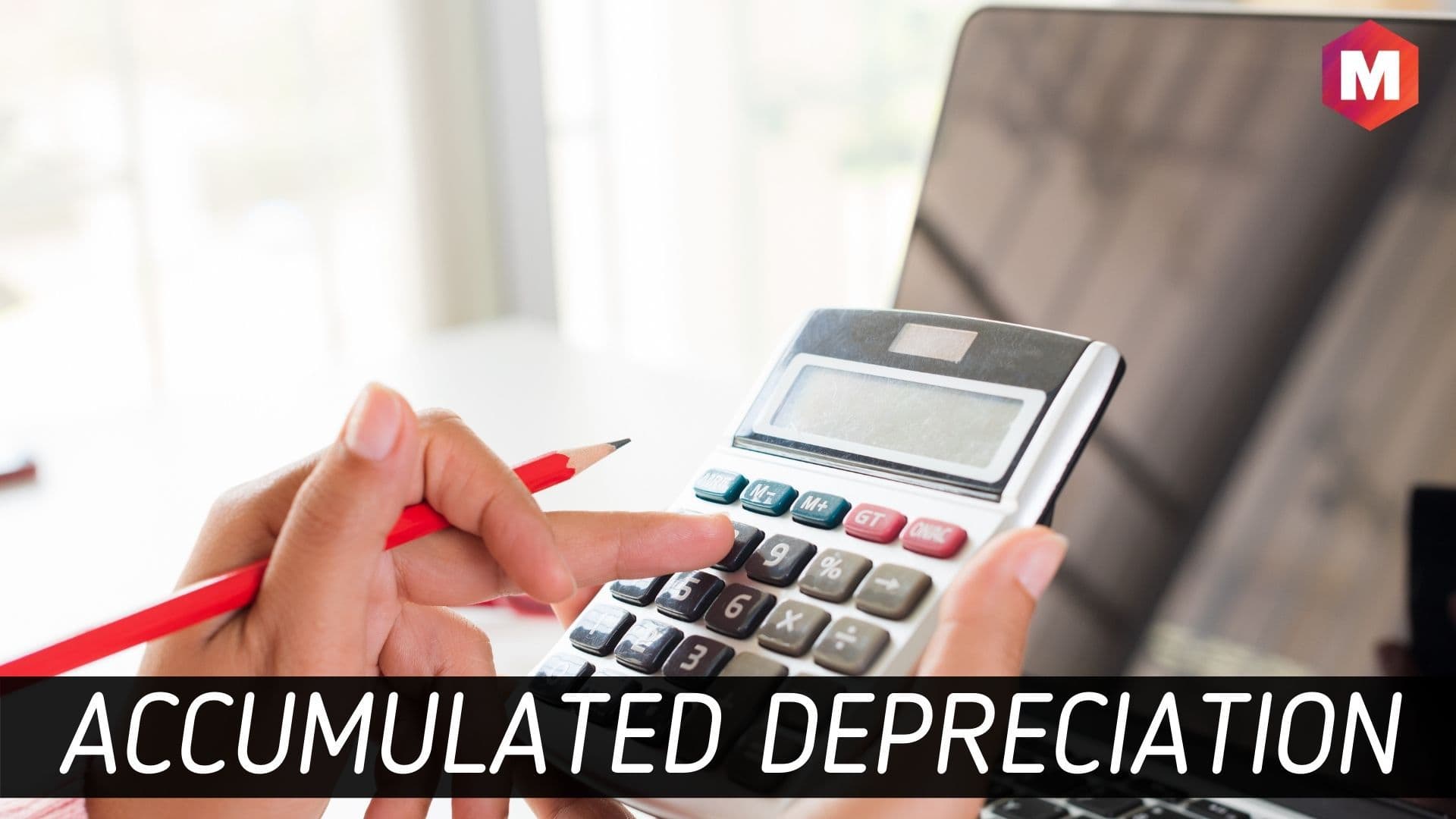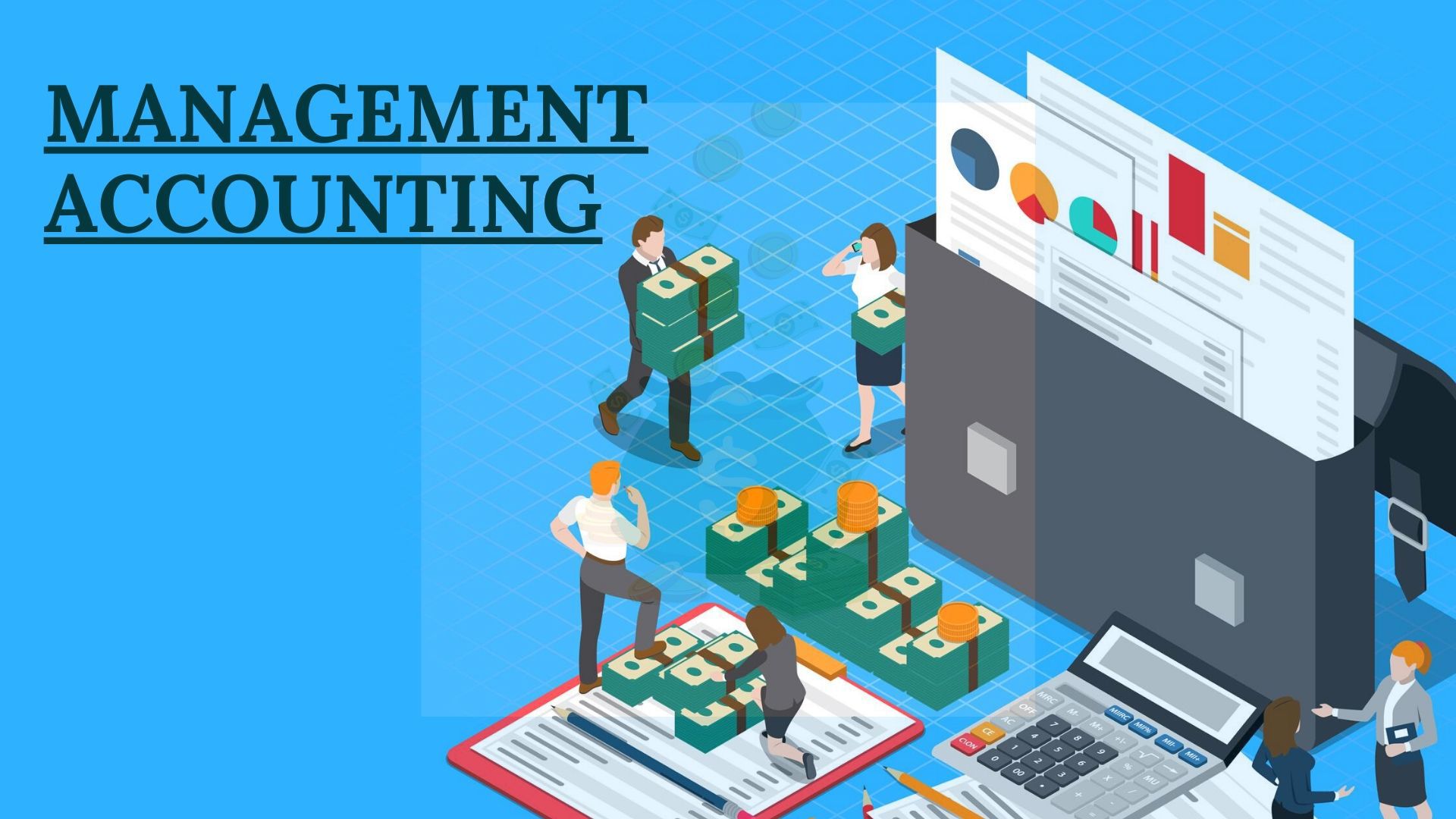
What is Accumulated Depreciation? - Definition and Formula | Marketing91
What is Accumulated Depreciation? – Definition and Formula
July 3, 2021 By Hitesh Bhasin Tagged With: Finance
Table of Contents
What is Accumulated Depreciation?
Definition: Accumulated depreciation is defined as the increasing depreciation of an asset up to a specific point in the asset’s life. Accumulative depreciation, also known as accrued depreciation, is a contra-asset account which means a negative asset account that equalizes the total in the asset account to which it is linked.
Accumulated depreciation is the overall depreciation allocated for a fixed asset charged to expense because that asset was purchased and made available for use. Accumulated depreciation and the related depreciation expenditure are related to construction assets such as buildings, furniture, fixtures, office equipment, vehicles, machinery, etc.
In generally accepted accounting principles (GAAP), a similar principle says that expenses must be tallied with the same accounting year in which the related income is formed. Due to depreciation, a business will cost a portion of its capital asset’s rate over each year of its valuable life. This means that each year a capitalized asset is put to usage and makes revenue through it, the price related to the working of the asset is noted.
Accumulated depreciation for the related capitalized assets is shown on the balance sheet below the line. The accrued balance of depreciation increases over time, adding the depreciation expense recorded during the current period.
Although while reporting depreciation, a company debits depreciation account in the general ledger and credits the cumulative depreciation account. Depreciation expenses will be approved through the income statement of a specific period when the above entry was passed.
Understanding Accumulated Depreciation
It is the entire sum an asset has been deflated up until a single point. Every time, the depreciation expenses recorded during that period are comprised at the beginning of the accumulated depreciation balance.
An asset’s carrying amount on the balance sheet is the amount of change in its historical rate and the accrued depreciation. The carrying value in the balance sheet will be equal to its salvage value at the ending of an asset’s useful life.
The balance in the accumulated depreciation account will elevate more speedily if a business uses an accelerated depreciation procedure, meanwhile executing so controls more of an asset’s cost to expense during its previous years of use.
Deducting accumulated depreciations from an asset’s cost affects the asset’s book value or carrying value. Consequently, the credit balance in the account Accumulated Depreciation Account cannot surpass the debit balance in the related asset account.
- Depreciation is recorded to fix the price of using a long-term capital asset with the profit obtained from its use over time.
- Accumulated depreciations are the amount of all detailed declines on an asset to a precise date.
- Accumulated depreciation is available on the balance sheet just underneath the related capital asset line.
- The carrying value of an asset is its historical cost less accumulated depreciation.
Accumulated Depreciations Classification
Accumulated Depreciation is classified distinctly from average asset and liability accounts because of the following reasons-
As the balances recorded in the account do not characterize something that will yield economic worth to the individual over multiple reporting periods, accumulated depreciation is not an asset. To consider, accumulated depreciation denotes the amount of economic value that has been spent in the previous years.
It is not a liability, as the balances recorded in the account do not signify a duty to pay a third party. In its place, accumulated depreciation is consumed entirely for internal record-keeping functions and does not denote a payment responsibility in any way.
Accumulated Depreciation vs Depreciation Expense
Depreciation expense is not known as an asset, and accumulated depreciation is not considered an expense/expenditure.
Depreciation expense is revised on the income statement as another business expenditure. Accumulated depreciation is a cumulative total of depreciation expenditure for an asset that is detailed on the balance sheet.
If the asset is used for production, the depreciation expenses are listed in the operating expenditure area of the income statement. The depreciation expense amount reflects a part of the acquisition rate of the asset for production uses.
In accumulated depreciation, an asset’s original value is accustomed to replicating a current, depreciated value throughout each fiscal year.
Impact of Accumulated Depreciations from the Sale of an Asset
When a business firm sells or withdraws its asset, its total accrued depreciation is decreased by the amount associated with the asset’s sale. The total sum of accumulated depreciation related to the sold or retired asset or collection of assets would be reversed.
This affects the accumulated depreciation to be deducted by the entire sum of the asset when the asset is peddled. The reversal of accumulated depreciation after a sale of an asset eliminates it from its balance sheet. This process eradicates all records of the asset on the accounting books of the company.
Accumulated Depreciation Formula
Accumulated depreciation is evaluated by deducting the estimated scrap value of an asset at the end of its useful life from the original cost of an asset. And then divided by the quantity of the estimated useful life of an asset.
The depreciable base of an asset should be found for calculating straight-line depreciation expense. The depreciable base here is equal to the difference between the historical cost of the asset and its salvage value. After that, the depreciable base is divided by the useful life of the asset to find the periodic depreciation expense.
The historical cost of an asset is understood as the purchase price while the salvage value is understood as the value of the asset at the end of its useful life which is also known as scrap value. The useful life of an asset is understood as the number of years the asset is expected to offer value.
Imagine a company ABC buys hardware with a useful life of 10 years for $110,000.
The estimated salvage value of the hardware is $10,000. It is also expected that the hardware is going to offer the ABC with value for the next 10 years, therefore, ABC expenses the cost of the hardware over the next 10 years.
Straight-line method depreciation here would be= (($110,000 – $10,000) / 10), or $10,000 a year
Hence, ABC will depreciate $10,000 for the next 10 years until the book value of the asset reaches $10,000.
Examples of Accumulated Depreciations
- Let’s suppose that at the start of the present year, a company’s asset account Equipment stated a cost of $70,000. Since the equipment was set into usage until the commencement of the year, the linked Accrued Depreciation account displays a credit balance of $45,000. In the current year, the company debits Depreciation Expense for $10,000 and Credits Accumulated Depreciation for $10,000. The balance in Accumulated Depreciation is $55,000 by the ending of the current year.
- Company XYZ purchased a piece of plant equipment for $250,000 at the beginning of the year. The plant equipment’s residual price is $25,000, with an expected useful life of 10 years. The annual depreciation expenses would be $22,500 per year. Every year, $22,500 is included in the accumulated depreciation account. At the end of the fifth year, the accumulated depreciation amount would equal $112,500, or $22,500 in yearly depreciation multiplied by five years.
Wrap Up!
It is a cumulative total of the depreciation expenses that have been documented over the years and are balanced against the sale of the asset.
It does not affect net income or earnings, which is the sum of revenue remaining after all costs, expenses, depreciation, interest, and taxes have been taken into significance. All in all, it should be understood as the sum of all recorded depreciation on an asset to a specific date.










